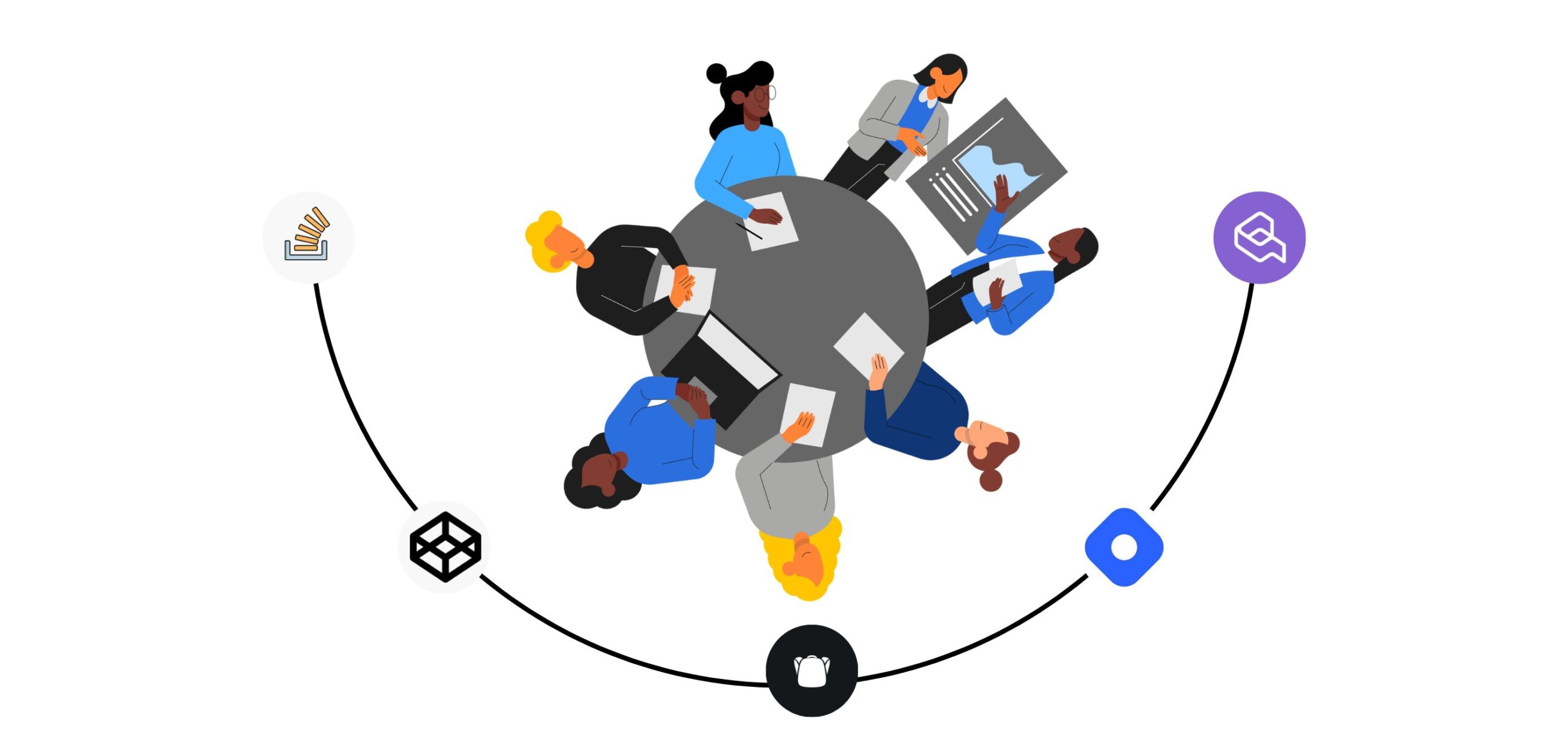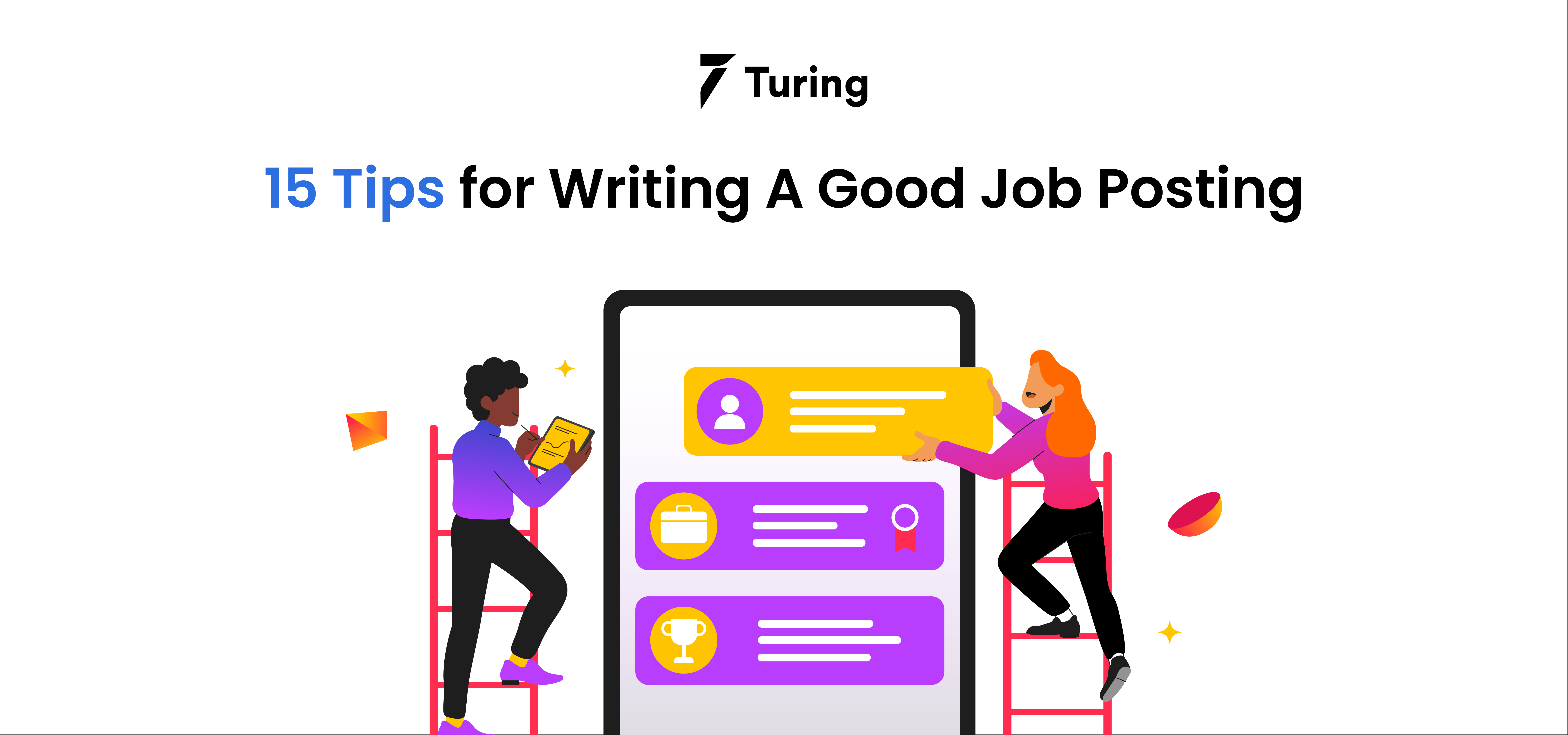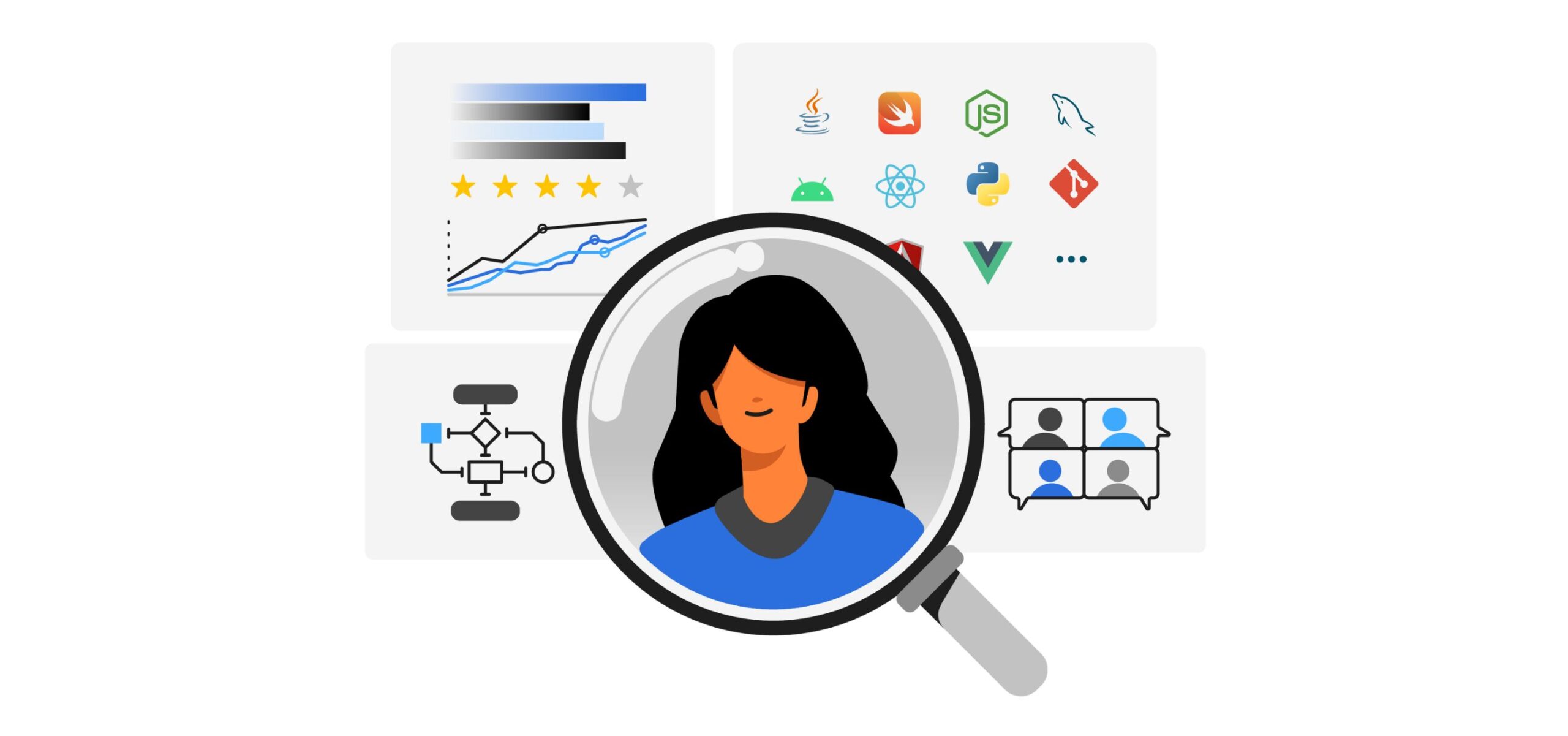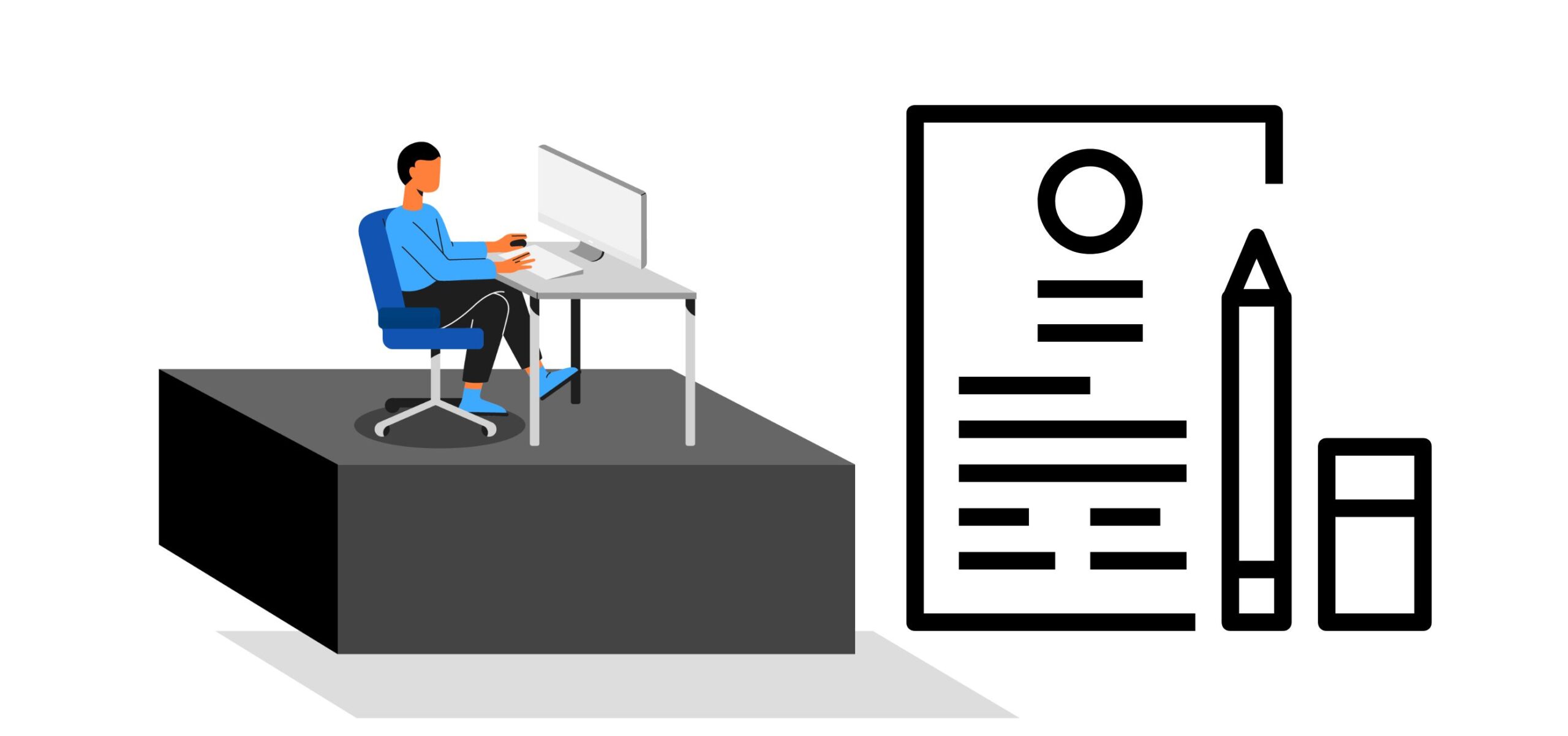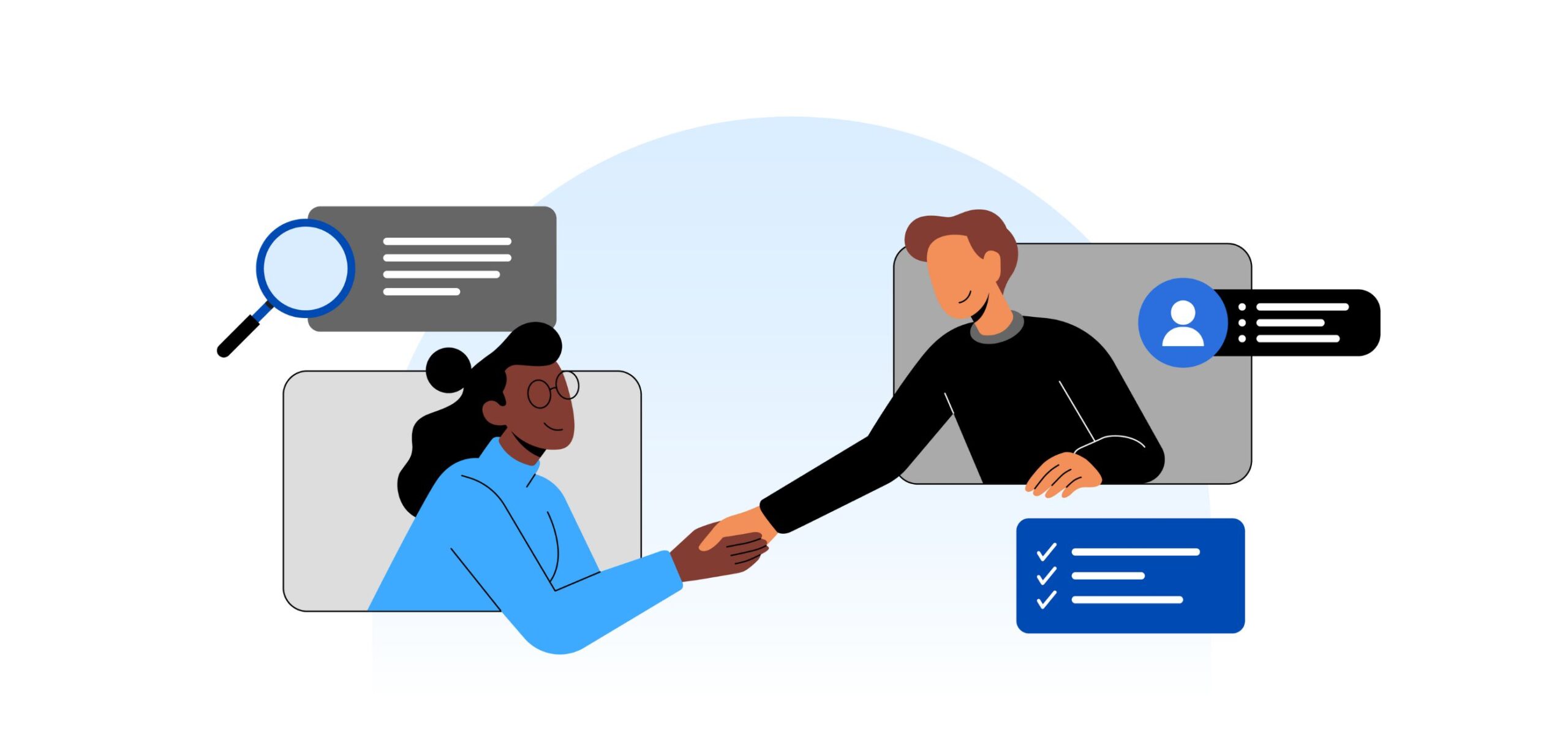Five Best LinkedIn Practices for Software Developers
Almost every software developer is familiar with platforms like Hackernews, Reddit, and Dev.to for tech-related activities. However, a platform that software developers often underestimate is LinkedIn. Linkedin is an excellent tool for developers to connect with colleagues, get engineering updates, and find the latest job opportunities. If you’re a software developer, building your profile using the best LinkedIn practices will help you reap various professional benefits exclusive to the platform.
Here are the five best LinkedIn practices that you can use to be visible to top recruiters and rank higher on the platform.
-
Best LinkedIn practices: Add a good profile picture
Although recruiters take a long look at your work history and educational qualifications, most of them only do so if they find your profile picture appealing. Handheld selfies and group pictures are a big no for software developers as they can make you look too casual or insincere.
Picking the right profile picture is not hard.
You just need a picture with your face visible and lips parting into a smile. Brownie points if you have a picture at your work desk or a work-related event! -
Best LinkedIn practices: Choose the right keywords
LinkedIn has an algorithm that makes your profile visible to recruiters when they search for candidates using keywords. As a result, most recruiters run a thorough search on the platform to source top talent.
Best Linkedin Practices: Choose the right keywords
And hence, to land your desired job, it’s essential to use keywords related to the programming languages you are adept in as a software developer. You can also mention if you are looking for remote work or work from the office on your profile.
In addition to this, software developers must also remove irrelevant keywords from their profiles. Remember, keeping your LinkedIn profile updated goes a long way in getting you top job opportunities throughout your career. -
Best LinkedIn practices: Highlight your work
Another best practice to follow is being transparent about your work history. For example, ensure that you include links to the best work projects that your clients and employers loved. But that’s not all you should be sharing!
Recruiters skim through hundreds of profiles while looking for the ideal candidate. Thus, they often cannot understand the minor differences that set one project apart from another.
As a result, it’s advisable to highlight projects showcasing skills that give you an edge over your competitors.
Software developers proficient in a single skill and decent knowledge of other skills are always better placed for a job interview. Recruiters see such developers as multi-talented professionals who can help the company beyond their job role.
So ensure that you outline your strengths as clearly as possible. -
Best LinkedIn practices: Define the headline and the ‘about’ section
Recruiters come across many profiles with ambiguous headlines. Simply writing– software engineer or developer in your LinkedIn profile won’t get you your dream job. Instead, describe the type of software development you do by elaborating on the technical skills.
For example: if you are a front-end developer who knows only node, write front-end node.js developer or front-end react/node developer if you know both skills.
The ‘about’ section of your profile must contain a summary of your work experience. Be sure to mention the number of years you have used your primary programming skills, along with the frameworks you dabbled in to spruce up your profile.
Here’s an example:
I am a front-end developer with six years of experience in User Interface Development and Web Designing. I am highly skilled with Reactjs and Nodejs, but I also have experience in JavaScript (2 years), Vuejs (1 year), and jQuery (1 year). I also know Photoshop, WordPress, GIT, and Dreamweaver. -
Last but not the least, take skill assessments and get recommendations
According to recruiters, one of the best LinkedIn practices is to take the skill assessments available on the platform. Upon completing a skill test, the LinkedIn algorithm increases the chances of getting hired for a job by 20 percent.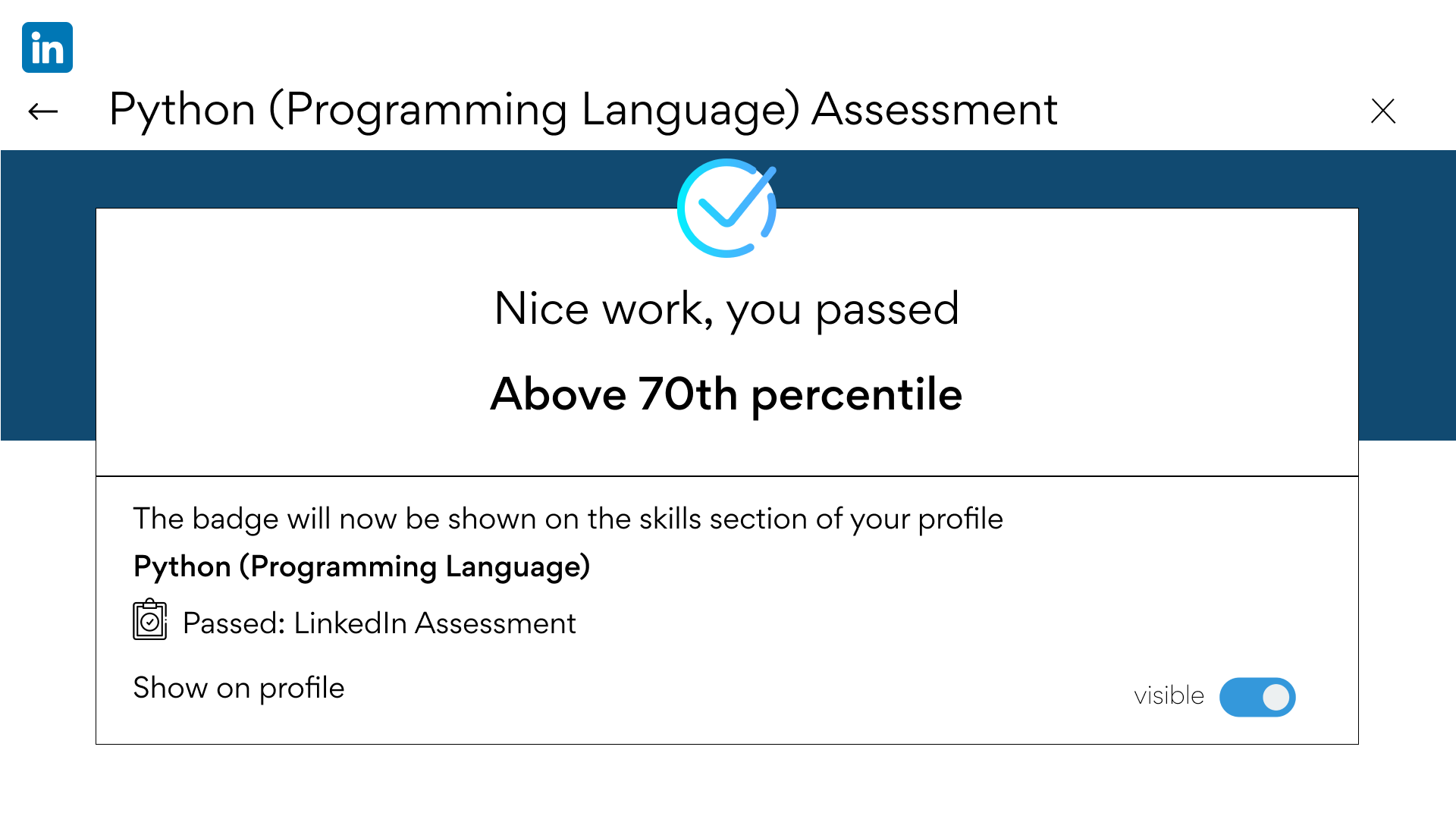
Best Linkedin Practices: Take skill assessments
If you’re a junior software developer, you should definitely test your primary and secondary skills on the platform.
Similarly, recommendations from previous colleagues and managers go a long way in getting hired. Recruiters will always favor software developers who possess the desired skill set and seamlessly integrate into the company culture.
And thus, candidates with recommendations highlighting their soft skills have the upper hand over the rest.
So, why should you follow these practices?
By implementing the above-mentioned best LinkedIn practices, software developers can bring more visibility to their profiles. Recruiters are likely to approach them with good work opportunities with the proper visibility.
To sum up, stay as active as possible on LinkedIn and share posts relevant to your work to make the most of the platform.
If you are a remote software engineer or developer looking for job opportunities, Turing can help. Work for Top US companies from the comfort of your home with unparalleled compensation and long-term career growth. Visit our Jobs page to know more!
Join a network of the world's best developers and get long-term remote software jobs with better compensation and career growth.



